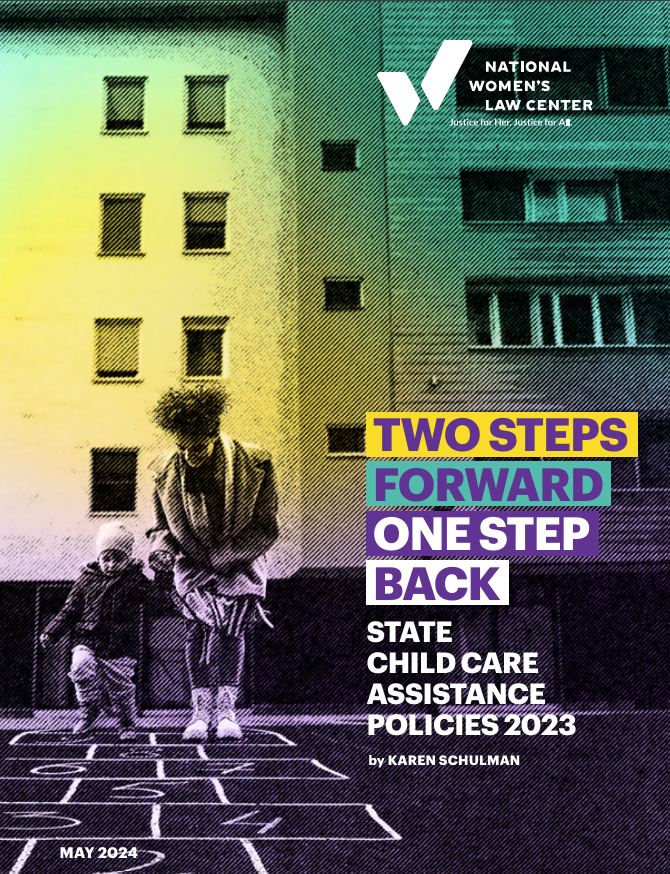 Child care is crucial for the well-being of parents, children, and our nation. It enables parents to work and support their families, or obtain education or training to get a better, more stable job. It gives children a safe, nurturing environment to learn and develop skills they need to succeed in school and in life. By bolstering the current and future workforce, it serves as the backbone of our nation’s economy. The importance of child care became even more apparent during the COVID pandemic. Yet, the child care sector was essential—and fragile—long before the crisis, and it is now in jeopardy as relief funding provided during the pandemic expires.
Child care is crucial for the well-being of parents, children, and our nation. It enables parents to work and support their families, or obtain education or training to get a better, more stable job. It gives children a safe, nurturing environment to learn and develop skills they need to succeed in school and in life. By bolstering the current and future workforce, it serves as the backbone of our nation’s economy. The importance of child care became even more apparent during the COVID pandemic. Yet, the child care sector was essential—and fragile—long before the crisis, and it is now in jeopardy as relief funding provided during the pandemic expires.
Many families, particularly low-income families, struggle with the high price of child care. At the same time, child care workers—who are predominantly women and disproportionately women of color—are paid poverty-level wages, and Black and Latina child care workers often earn even less than their white peers. Both relieving families’ child care cost burdens and lifting child care workers’ compensation will require significant additional public investment.
The Child Care and Development Block Grant (CCDBG), the major federal child care assistance program, provides some support for families needing child care and for child care programs and providers. However, due to inadequate funding, there are significant gaps in child care assistance policies, which are set by states within federal parameters. To assess the status of state child care assistance policies—where the gaps are, where progress is being made, and where further progress is needed—this report examines states’ policies in five key areas, including:
- Income eligibility limits to qualify for child care assistance;
- Waiting lists for child care assistance;
- Copayments required of parents receiving child care assistance;
- Payment rates for child care providers serving families receiving child care assistance; and
- Eligibility for child care assistance for parents searching for a job.
This analysis of child care assistance policies as of February 2023 shows that many states were able to sustain and build on the progress they had made over the previous years using the relief funding that was provided during the pandemic. Yet, even with the additional resources, substantial gaps remain in states’ policies. In addition, state progress on child care assistance policies slowed in comparison to the previous years, and a number of states started taking steps backward as they began using up their temporary relief funding—a large portion of which expired in September 2023, with the remainder set to expire in September 2024.
Without an ongoing commitment of significant resources for child care, states will continue to have restrictive income limits that keep low- and moderate-income families from qualifying for child care assistance, long waiting lists that prevent eligible families from receiving assistance, high copayments that place significant cost burdens on families receiving assistance, and low payment rates that deprive child care programs of the resources needed to fairly compensate child care workers and offer high-quality care.
